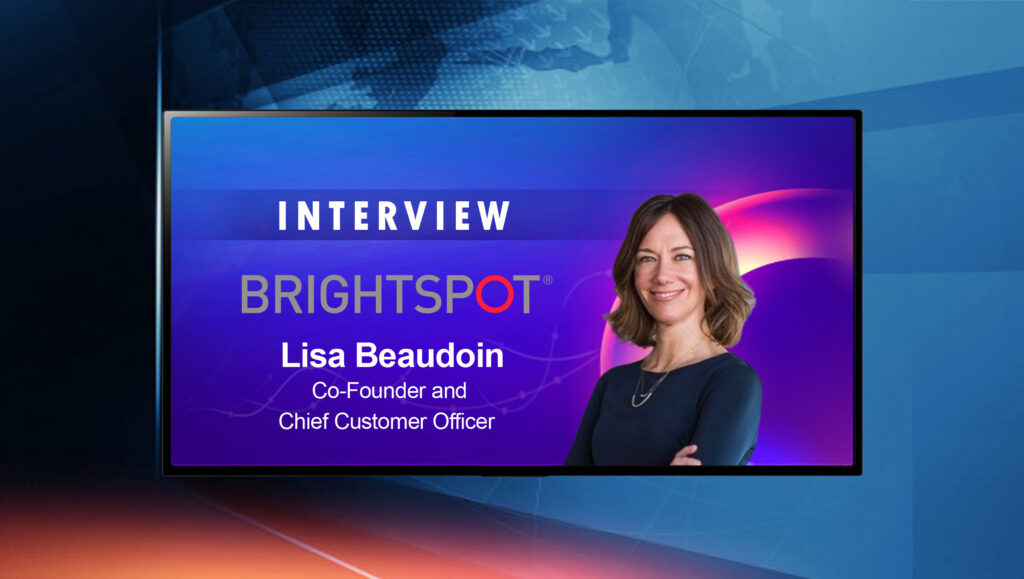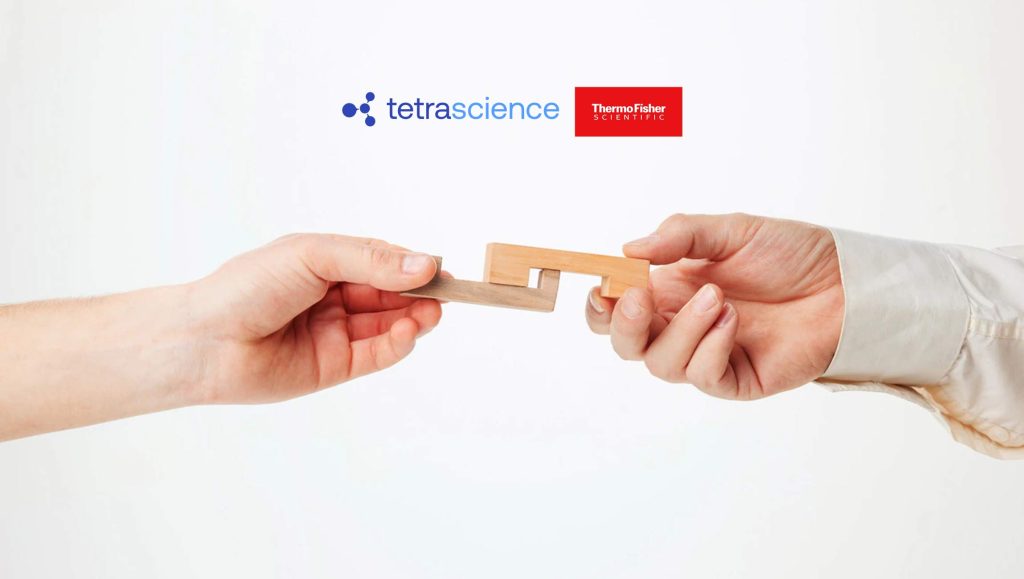Lisa Beaudoin, Co-Founder and Chief Customer Officer, Brightspot discusses the growing importance and benefits of headless CMS platforms for sales and marketing teams while taking us through a few key sales best practices in this chat: ______ When I graduated from art school and started working as a designer in the early 90’s, technology was just emerging then. The internet was in its beginning phases. After design school, I went to work for The Wall Street Journal as an art director, where I found myself naturally drawn to the technology team. I was lucky to be a designer at WSJ on the print side and have the opportunity to work on the first online version of a major newspaper. This is when I realized that technology went hand-in-hand with content and design — and I was fascinated with this process. I fell in love with every part from creative to code to launching online products and seeing it all come to life. With the marriage of design, technology, and content top of mind – I’ve learned these important career lessons to 1) always be responsive and 2) embrace and adopt new technology. Building a better platform means being responsive to new technologies – as that brings new ways of communicating with customers, prospects and people in general. When I started my career, I didn’t have an iPhone or a smartphone – and channels like Facebook and Instagram didn’t exist then. The same holds true to scaling and building a team and building a product or app – since you’re constantly being in front of new technologies and using them to your benefit. Three years ago, none of our customers were talking about Instagram and none were talking about Tik Tok as a channel to communicate with customers. You can’t stay in business unless you’re scaling with technology, platforms, and the way people ultimately consume content. Read More: SalesTechStar Interview With Paul Forte, Chief Revenue Officer At SingleStore Over the past year, it’s evident that companies need to prioritize, simplify, and accelerate their digital transformation efforts. This is incredibly important as it impacts speed to market and smoother content migration, which ultimately impacts how companies communicate with their employees, customers, and stakeholders. Focusing on speed, flexibility and agility is how companies can be future proofed for success. We’ve seen that the demand for news, information, and more importantly, entertainment, grew an incredible amount during the pandemic. For content focused teams, this means they’ve had the need to produce more, do more and all while finding audiences where they are. For example, health and wellness company, Goop, has embraced the Tik Tok revolution to reach their audiences with the right content — but this also means they need to have the right technology to support the creation of content and the distribution of content to meet their audiences where they are. Bottom line, it is a crowded marketplace but the challenge for content-focused teams is making sure they’re meeting demand. It’s not enough to just share news and information about vaccines but there’s growing demand for entertainment (e.g. Netflix, TikTok etc.) – any sort of content that helps people think, laugh, smile and stay connected to each other. And that’s no easy feat! In terms of content initiatives, audio is absolutely the new video — and podcast networks like Earwolf and iHeartMedia are producing and distributing a lot of great content to consumers. From a pure tech perspective, the ability to go on a walk and listen to my favorite podcast, walk in the house and continue the program on my Amazon Echo, and then later finish the podcast in the car — the seamless delivery and the tech to support it is life-changing. Slack has transformed the way people get information, communicate and ultimately how they work. Stewart Butterfield, Slack’s co-founder and CEO, has demonstrated that technology and innovation go hand-in-hand with the way people share, receive and engage with content. Alongside that, Spotify’s CEO, Daniel Ek, has leaned into more podcast content on the platform, realizing that listeners are wanting to learn new things and have a variety of entertainment sources. Audio is the new video… and Slack is the new AIM. Customer facing teams need to invest in headless, as it’s the most developer-friendly of the CMS options. It allows their development teams to create a custom front-end framework that works for any project, brand, company and end-users. Headless CMS options are almost limitless! We know that technology is always evolving – and headless CMS systems enable teams to evolve along with it. My advice, let your developer team run wild, mixing programming languages, templates, plugins, and tools to create a unique, developer-friendly experience. Companies can truly future-proof their CMS by going headless – this allows content to be easily adapted in changing channels, including new device categories such as voice and VR – providing ultimately flexibility. Read More: SalesTechStar Interview With Johnny Than, CEO And Principal At Appficiency Inc. I can’t stress this point enough and it may seem obvious, but companies need to ensure their content is authentic. Effective brand storytelling should convey not only what a company does, but also who a company is. Good, authentic storytelling makes people feel, and feelings lead to sales (because buying is personal). Consumers can see right through inauthenticity these days and it’s important for brands to show their true selves, values, and beliefs, in order to reach their audiences in a meaningful way. Technology is also a critical component of telling your brand’s story and being able to have sufficient publishing efficiencies goes a long way. Technology plays a role from initial concept to the continuous analysis of results. Specifically – companies need technology that allows them to customize the content publishing workflow to create, curate and manage content; distribute and amplify publications, and ultimately analyze and optimize results. For example, companies with the right technology and CMS platform in place, can publish once and use that content on their website, apps, and newsletter so they’re more focused on efficiency and meeting demand. From a sales and marketing perspective, I am watching social platforms like Instagram and TikTok generate content to drive engagement with brands. It goes way beyond shopping — and it’s an entirely new way for companies to deliver their messages and build a relationship with their consumers. On TikTok, brands have a platform that embraces the community to connect with each other through creative content. Compared to Instagram and Facebook, TikTok is still an advertising underdog — if you’re a brand that does not believe you belong on TikTok — I would challenge you to think again. As their popularity is growing by the second, now’s the time for brands of all sizes to embrace this platform to truly tap into audiences all around the world. Read More: SalesTechStar Interview With Andrew Stark, Chief Revenue Officer At PulsePoint Brightspot believes technology should enable content-focused teams to work smarter, faster and more seamlessly to move businesses forward. With decades of experience in publishing and media, Brightspot helps companies transform their business content and digital experiences by creating enterprise applications at scale with astonishing speed. As Chief Customer Officer, Lisa is responsible for the long-term success of Brightspot’s customers and for the growth of the company. As co-founder, she assumes personal ownership in anticipating and exploring customers’ needs, and she is committed to ensuring 100% of those needs are met. In addition to bringing in new customers, Lisa provides strategic direction and account leadership for Brightspot customers, focusing on creating digital experiences that facilitate the right conversations between publishers and their audiences. Prior to co-founding Brightspot, in 2008, Lisa worked as a Creative Consultant for WebMD and in 2006 and 2007, Lisa served as an Executive Creative Consultant to AXA Equitable Life Insurance, The Nature Conservancy and The Federal Reserve. Prior to that, Lisa held the position of Vice President, Creative Director at AOL. Lisa also worked as an Art Director for The Wall Street Journal/Dow Jones and as a print designer for clients including NBC Networks, MSNBC, The Food Network and HBO. Lisa is a graduate of Parsons School of Design.Hi Lisa, we’d love to hear about your journey and your biggest learnings being a tech entrepreneur and co-founder at Brightspot. What’s it been like scaling and building out the team and platform?
Content focused teams in tech (mainly marketing / sales / customer-facing teams) have their own challenges to overcome during this ongoing pandemic, seeing how crowded the marketplace already is, can you talk about some of the biggest issues you are observing here today?
In what ways have you seen leaders in tech drive impact with technology to drive better content initiatives for these purposes and teams, can you highlight a few noteworthy examples?
Why do you feel that today’s customer facing teams (marketing / sales, etc) need to invest more in headless CMS systems? And when they do, what are some top best practices you’d share?
How can marketing and sales teams reimagine their outreach and content plans and content strategies to create better ROI?
Can you talk about a few sales technologies and marketing technologies that can drive initiatives through 2021 and beyond for marketing and sales and their content (besides headless CMS tools of course!)?
![]()





















